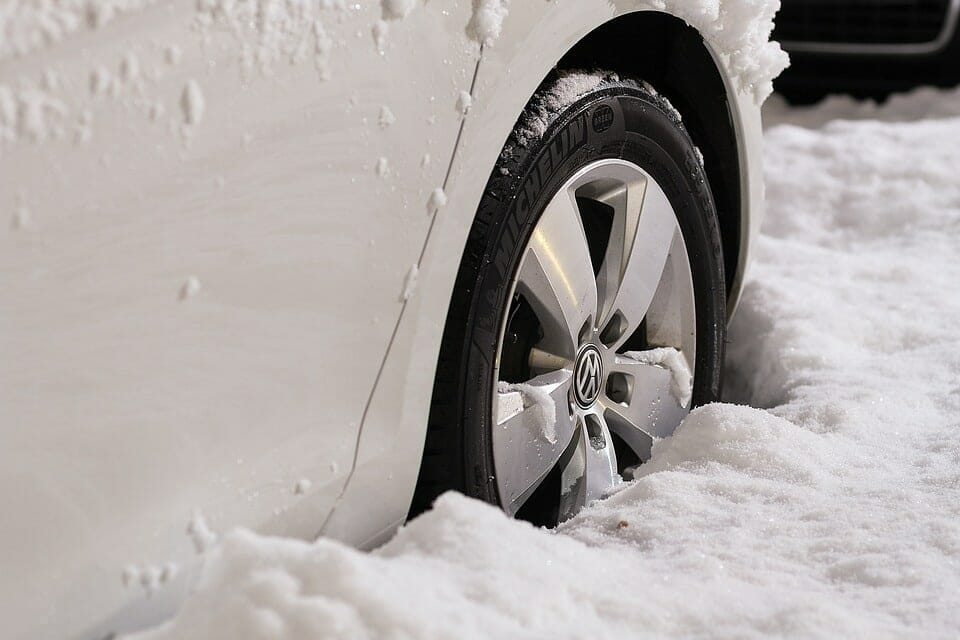Blog
Top Tips to Get the Most Out of Your Winter Tires
December 5, 2016
1) Rotate your tires
Rotating your tires regularly is crucial to getting the most out of your winter tires, and your vehicle overall. Tires inevitably wear down over time – especially over the harsh winter season. The front tires usually wear out faster than rear tires, often along the outside edges. Rotating your winter tires prevents them from wearing down unevenly. During a tire rotation the position of your tires should be changed. Ideally you should rotate your tires every 10,000km. Since most Canadians change from summer to winter tires, you should use the changing seasons as the best opportunity to rotate your tires.
2) Make sure your wheels are aligned
Wheel alignment is a standard part of car maintenance, but proper alignment is about more than just preventing your car from pulling to one side. Keeping your car aligned will significantly reduce the wear and tear on your tires, and also keep you safe when driving in inclement winter weather. When wheels are not aligned the imbalance puts additional pressure on the inside or outside of your tires.
If you feel your car pulling to one side or the other, or squealing around corners then you should call your mechanic to have your wheels aligned. It is generally recommended that you have your tires aligned every 10,000km – it is a good idea to combine your tire rotation and wheel alignment into one visit to save time and money.
3) Always put four identical winter tires on your axles
It is highly advised to replace all of your winter tires at the same time. If you put different tires (ex: two winter tires with two all-season tires) the design of each tire will handle differently. However, if an emergency happens like a damaged tire that needs to be replaced, you should put newer winter tires on your back axle. This might come as a bit of a surprise, after all, most new cars are front wheel drive. So, why put new winter tires on the back axle? Well, if your rear tires begin to slip then it can cause you to spin out, so from a safety standpoint it’s best to put newer tires on the back.
4) Check your winter tire pressure
Cold winter temperatures decrease the pressure in your tires, it will drop along with the falling mercury. You should always keep your winter tire pressure at the recommended level. It is one of the simplest and most important ways to avoid unnecessary wear and give you more control in poor driving conditions. Check with your mechanic or your owner’s manual to see the suggested tire pressure for your car’s winter tires.
Low tire pressure can cause a range of issues:
- Low tire pressure increases drag on your vehicle and decreases efficiency, so you may end up spending much more on fuel.
- Lower fuel economy of course also means higher emissions – low tire pressure will hurt your wallet and the planet.
- Low tire pressure also reduces stopping time and handling, particularly in snow or wet slippery roads
- Under inflated tires are heavily linked to SUV rollovers.
- Low tire pressure can lead to catastrophic tire failure. Low pressure increases the amount of tire on the pavement, which leads to more friction, heat, and eventually blown tires.
It only takes a couple of minutes at most to check your tire pressure, be sure to regularly keep an eye on your pressure. Don’t wait for a tire failure on the highway only to find out it was caused by low tire pressure.
WANT TO LEARN MORE? GIVE US A CALL!
Our Xtreme team will be more than happy to answer any questions you may have and assist you with anything you need.


